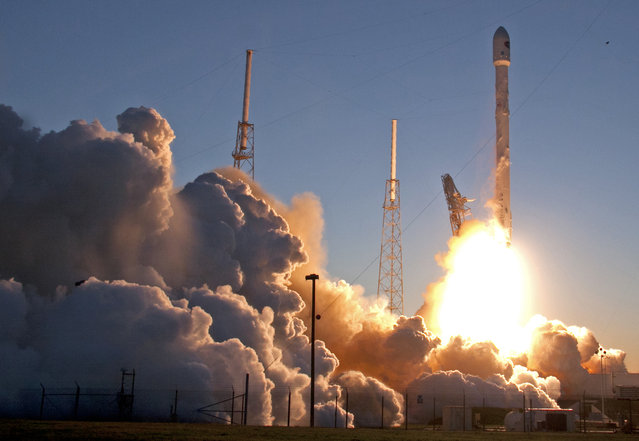
An unmanned Falcon 9 SpaceX rocket lifts off from launch complex 40 at the Cape Canaveral Air Force Station, Wednesday, February 11, 2015, in Cape Canaveral, Fla. On board is the Deep Space Climate Observatory, which will head toward a solar-storm lookout point a million miles away. (Photo by John Raoux/AP Photo)
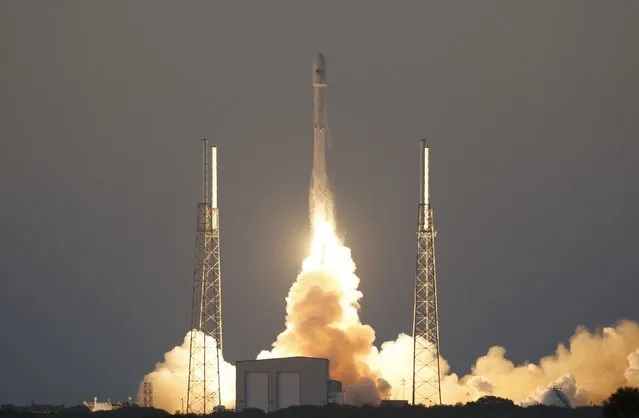
The unmanned Falcon 9 rocket, launched by SpaceX and carrying NOAA's Deep Space Climate Observatory Satellite, lifts off from launch pad 40 at the Cape Canaveral Air Force Station in Cape Canaveral, Florida February 11, 2015. (Photo by Scott Audette/Reuters)
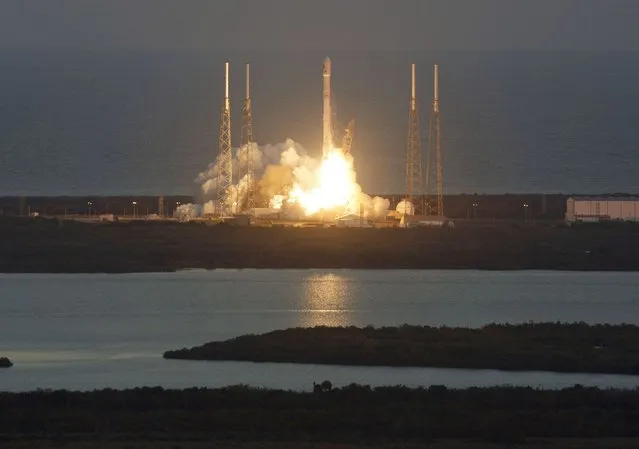
The unmanned Falcon 9 rocket, launched by SpaceX and carrying NOAA's Deep Space Climate Observatory Satellite, lifts off from launch pad 40 at the Cape Canaveral Air Force Station in Cape Canaveral, Florida February 11, 2015. The rocket blasted off on Wednesday to put the U.S. satellite into deep space, where it will keep tabs on solar storms and image Earth from nearly 1 million miles (1.6 million km) away. (Photo by Michael Berrigan/Reuters)
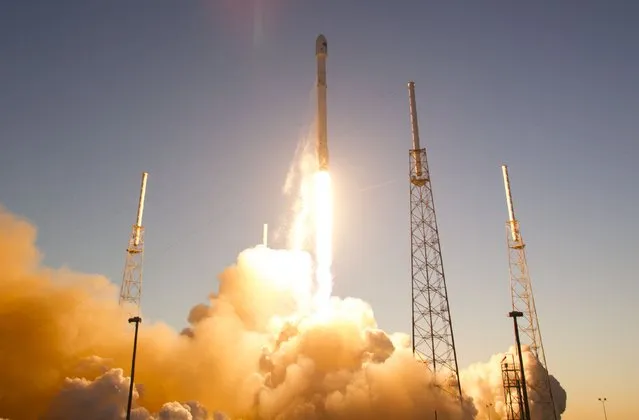
The unmanned Falcon 9 rocket, launched by SpaceX and carrying NOAA's Deep Space Climate Observatory Satellite, lifts off from launch pad 40 the Cape Canaveral Air Force Station in Cape Canaveral, Florida February 11, 2015. (Photo by Scott Audette/Reuters)

An unmanned Falcon 9 SpaceX rocket lifts off from launch complex 40 at the Cape Canaveral Air Force Station, Wednesday, February 11, 2015, in Cape Canaveral, Fla. (Photo by John Raoux/AP Photo)
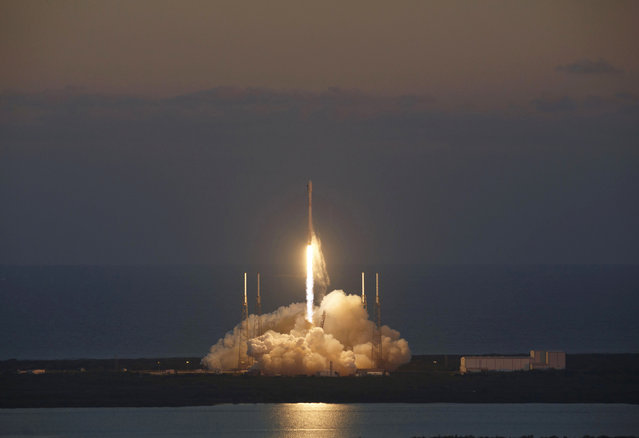
The unmanned Falcon 9 rocket, launched by SpaceX and carrying NOAA's Deep Space Climate Observatory Satellite, lifts off from launch pad 40 at the Cape Canaveral Air Force Station in Cape Canaveral, Florida February 11, 2015. (Photo by Michael Berrigan/Reuters)
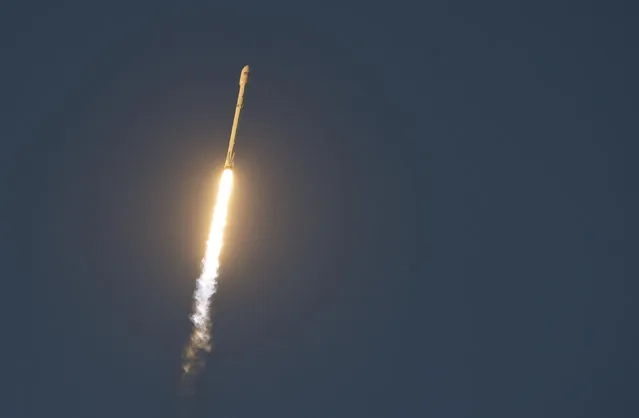
The unmanned Falcon 9 rocket, launched by SpaceX and carrying NOAA's Deep Space Climate Observatory Satellite, lifts off from launch pad 40 at the Cape Canaveral Air Force Station in Cape Canaveral, Florida February 11, 2015. (Photo by Scott Audette/Reuters)
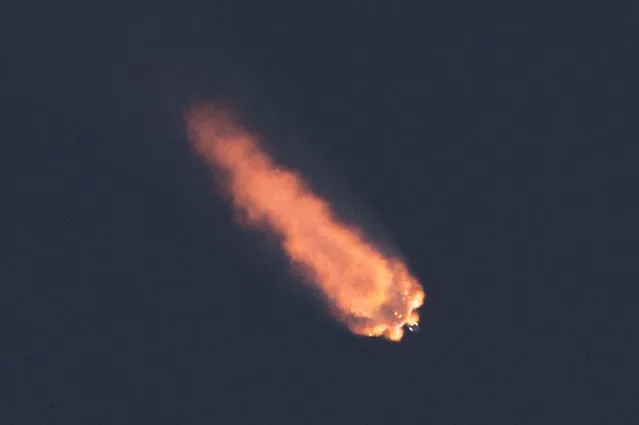
The unmanned Falcon 9 rocket, launched by SpaceX and carrying NOAA's Deep Space Climate Observatory Satellite, lifts off from launch pad 40 at the Cape Canaveral Air Force Station in Cape Canaveral, Florida February 11, 2015. (Photo by Scott Audette/Reuters)
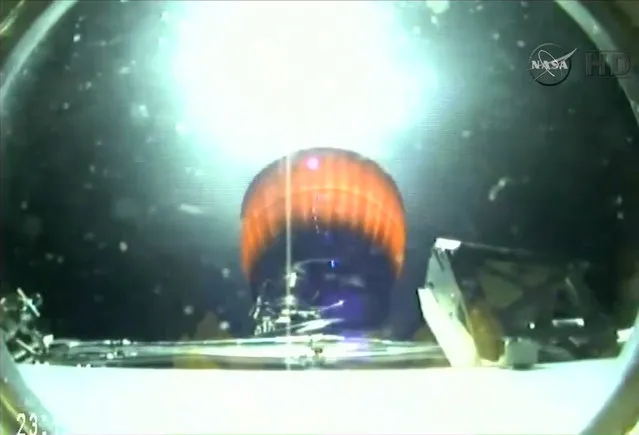
This image made from video provided by NASA shows exhaust from the rear of the second stage of the SpaceX Falcon 9 rocket during the launch of the Deep Space Climate Observatory satellite (DSCOVR) on Wednesday, February 11, 2015. The observatory will fly to a point 1 million miles from Earth in direct line with the sun to watch for incoming geomagnetic storms that could trigger power outages on Earth. (Photo by AP Photo/NASA)
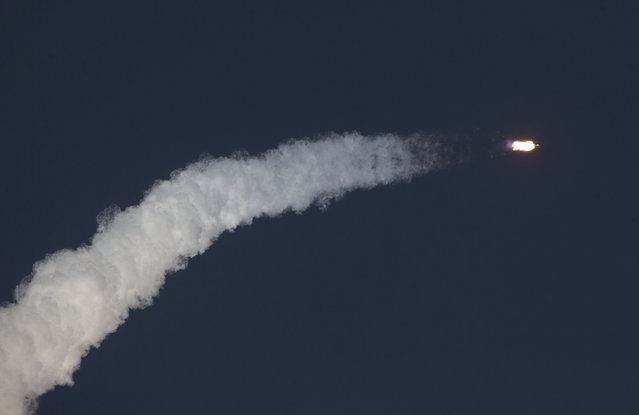
The unmanned Falcon 9 rocket, launched by SpaceX and carrying NOAA's Deep Space Climate Observatory Satellite, lifts off from launch pad 40 at the Cape Canaveral Air Force Station in Cape Canaveral, Florida February 11, 2015. (Photo by Scott Audette/Reuters)
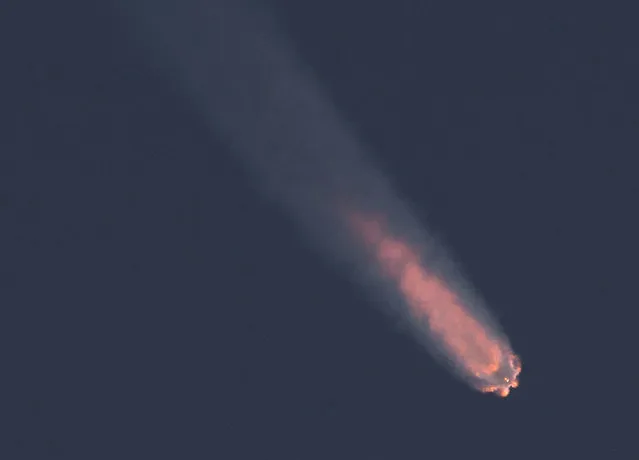
The unmanned Falcon 9 rocket, launched by SpaceX and carrying NOAA's Deep Space Climate Observatory Satellite, lifts off from launch pad 40 at the Cape Canaveral Air Force Station in Cape Canaveral, Florida February 11, 2015. (Photo by Scott Audette/Reuters)
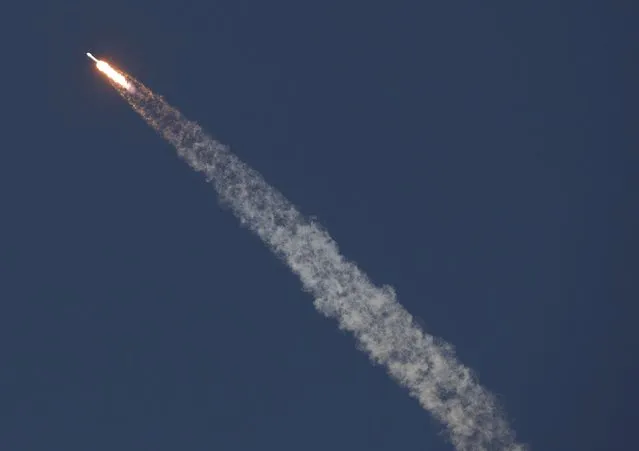
The unmanned Falcon 9 rocket, launched by SpaceX and carrying NOAA's Deep Space Climate Observatory Satellite, lifts off from launch pad 40 at the Cape Canaveral Air Force Station in Cape Canaveral, Florida February 11, 2015. (Photo by Michael Berrigan/Reuters)
13 Feb 2015 13:07:00,
post received
0 comments
